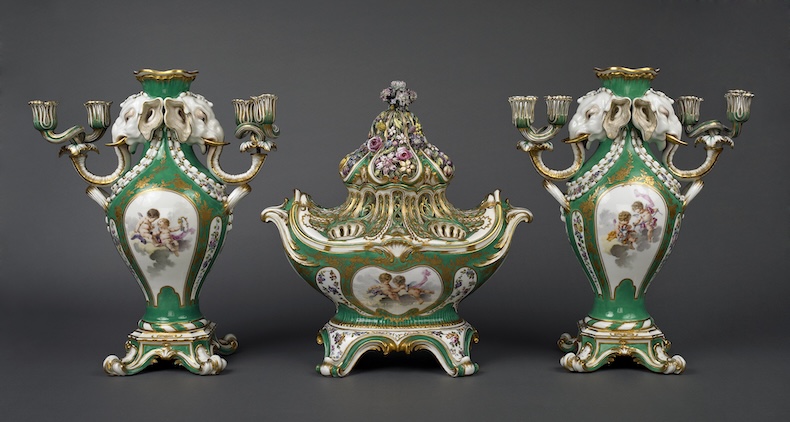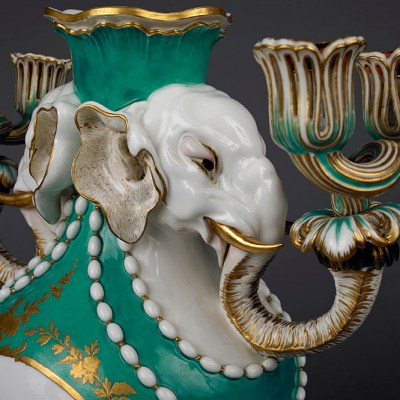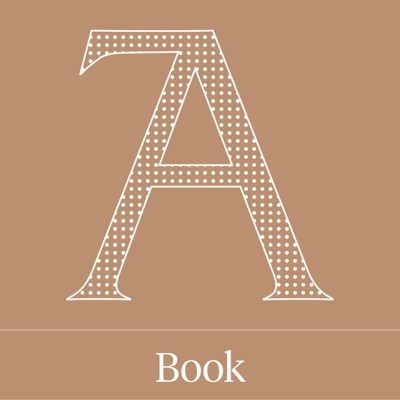Rosalind Savill spent almost her entire professional life in public service and, indeed, quite a lot of her time outside her day job, advising, teaching and sitting on numerous boards and committees. In 1974 she joined the Wallace Collection, the institution that would become her home and the main focus of her professional life for some 37 years, and that she would utterly transform during nearly two decades as its director.
Known to family and friends as Ros, Rosalind Joy Savill was born on 12 May 1951. Growing up in a medical family – her father, Guy, a consultant physician and her mother, Lorna, a physiotherapist – must have helped to instil the strong sense of public service that was so central to her character. After schooling at Wycombe Abbey and in Switzerland Savill studied English and Fine Art at Leeds University. In 1973 she moved to London, where she won a place at the Study Centre for the History of Fine and Decorative Arts, based at the Victoria and Albert Museum. In 1974 she secured her first full-time job at the Wallace Collection, in the junior position of museum assistant.
 Under two scholarly directors, Terence Hodgkinson and John Ingamells, Savill became highly knowledgeable about the Wallace Collection’s history and collections. Her three-volume catalogue of the museum’s collection of Sèvres porcelain, published in 1988, remains a milestone of meticulous scholarship. Savill continued to be revered as a scholar of French 18th-century ceramics, serving as president of the French Porcelain Society from 1998 to 2023. Her final major publication, Everyday Rococo: Madame de Pompadour and Sèvres porcelain (2021), combined her love for Sèvres with her deep admiration for her heroine Jeanne Antoinette Poisson, Marquise de Pompadour.
Under two scholarly directors, Terence Hodgkinson and John Ingamells, Savill became highly knowledgeable about the Wallace Collection’s history and collections. Her three-volume catalogue of the museum’s collection of Sèvres porcelain, published in 1988, remains a milestone of meticulous scholarship. Savill continued to be revered as a scholar of French 18th-century ceramics, serving as president of the French Porcelain Society from 1998 to 2023. Her final major publication, Everyday Rococo: Madame de Pompadour and Sèvres porcelain (2021), combined her love for Sèvres with her deep admiration for her heroine Jeanne Antoinette Poisson, Marquise de Pompadour.
When in 1992 Savill was appointed director of the Wallace Collection, she made it her mission to transform a much-loved but by then decidedly old-fashioned institution. She had no time for elitism but was passionate about excellence, believing that it was the best way to draw in new audiences and keep them. She wanted the whole world to love her museum and its remarkable collections as she did. Rather than being flattered, Ros would be a little irritated when journalists described the museum as a ‘hidden gem’ or ‘London’s best-kept secret’, on one occasion exploding: ‘I don’t want us to be a bloody secret! I want the name of the Wallace Collection to be shouted from the rooftops!’
But she was shrewd enough to realise that the museum could only fulfil its potential with the help of new facilities, that somehow had to be fitted in around the constraints of a listed historic building. Some £10m was raised from the then new National Lottery and private donors for the Centenary Project, for which architect Rick Mather oversaw the glazing over of the central courtyard and excavation of the basement areas of Hertford House, creating new spaces for education, library and archives, reserve collections and temporary exhibitions. Incredibly, Savill succeeded in keeping most of the museum’s galleries open throughout three years of major building works.
The formal reopening of the museum on 22 June 2000, 100 years to the day since the Wallace Collection had first opened its doors as a public museum, marked the beginning of a truly golden age in its history. During the decade until Savill’s retirement in 2011 a quite astonishing amount was achieved – at what sometimes seemed like a breakneck descent on a helter skelter by a small but intensely loyal staff, of whom I was one. Money was always incredibly tight and the brightest ideas seemed at first unachievable, but Ros was adept at charming donors, who increasingly wanted to be part of what was seen as a growing success story. Exciting and imaginative education programmes were developed for schools and museum visitors, while the opening of a properly staffed reading room made the library and archive collections more accessible, enabling the establishment of MA courses in collaboration with universities. A renewed focus on research resulted in numerous publications, including a summary catalogue of paintings, an electronic catalogue of European arms and armour and scholarly catalogues of the collections of glass, enamels and gold boxes. Behind the scenes new conservation programmes were developed, a major campaign of photography begun and a collections management system was implemented, providing online public access to the collection.
The Back State Room at the Wallace Collection. Photo: courtesy Wallace Collection

For the first time, too, the Wallace Collection was able to stage regular temporary exhibitions, on themes ranging from French 18th-century art to Renaissance silver and ceramics and the work of contemporary artists. Innovative shows on the novelist Anthony Powell and on the illustrator Osbert Lancaster proved unexpectedly popular with the public. The most ambitious exhibition, on the French painter François Boucher, took place in 2004 when the Wallace’s unparalleled collection of his paintings was rehung to spectacular effect in the museum’s Great Gallery. Earlier in the same year, in a sensational coup, new paintings by Lucian Freud were exhibited, with queues of visitors extending into Manchester Square. An exhibition of works by Damien Hirst in 2009 was less successful.
Among all of Savill’s ambitions for the Wallace Collection, perhaps the one closest to her heart was her dream of breathing new life into the museum’s tired-looking galleries. She wanted every visitor to be able to enjoy for free the great rooms of Hertford House as Sir Richard Wallace might have known them. Working closely with the architect John O’Connell and using craftsmanship and materials of the highest quality, Savill transformed the galleries of 17th- and 18th-century French art one by one into extravagantly beautiful interiors.
Garniture consisting of two vases with elephants’ heads supporting candleholders and a boat-shaped pot-pourri vase (1758). Attributed to Jean Claude Chambellan Duplessis the Elder and painted by Charles-Nicolas Dodin, manufacture of Sevrès. Photo: © The Trustees of the Wallace Collection

In retrospect, Savill’s tenure as director was remarkable for the way in which popular communication and more traditional values managed successfully to coexist and even feed in to one another. Her achievements as a curator, museum director and champion for the decorative arts were widely recognised, notably through the award of a damehood in 2009. She remained active in retirement, serving on committees and teaching. Often described as ebullient, Ros certainly loved a party and the latest art world gossip. While she could be critical, she was entirely free of malice. Her private passion was the breeding of the quietest of birds, tiny Chinese painted quail. She leaves a beloved daughter Isabella (‘Izzi’) and her last months were blessed by the arrival of a first grandchild.
Jeremy Warren was formerly collections and academic director of the Wallace Collection.



